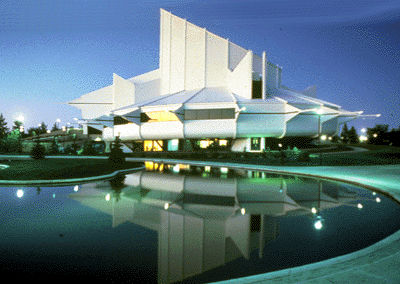Article
Sasquatch
Sasquatch is said to be a large, ape-like creature that lives primarily in the forests stretching from the West Coast of British Columbia to Northern California, and to a lesser extent throughout North America. Sasquatch is a cryptid — a creature whose existence is suggested, but has not yet been confirmed by the scientific community. Like the Yeti of Asia or the Abominable Snowman of the Himalayas, Sasquatch is rooted in Indigenous legend and is commonly researched by cryptozoologists and enthusiasts. Some believe Sasquatch is a nearly extinct species of hominid that survives in isolation, while others consider the creature to be the product of folklore and a hoax.







